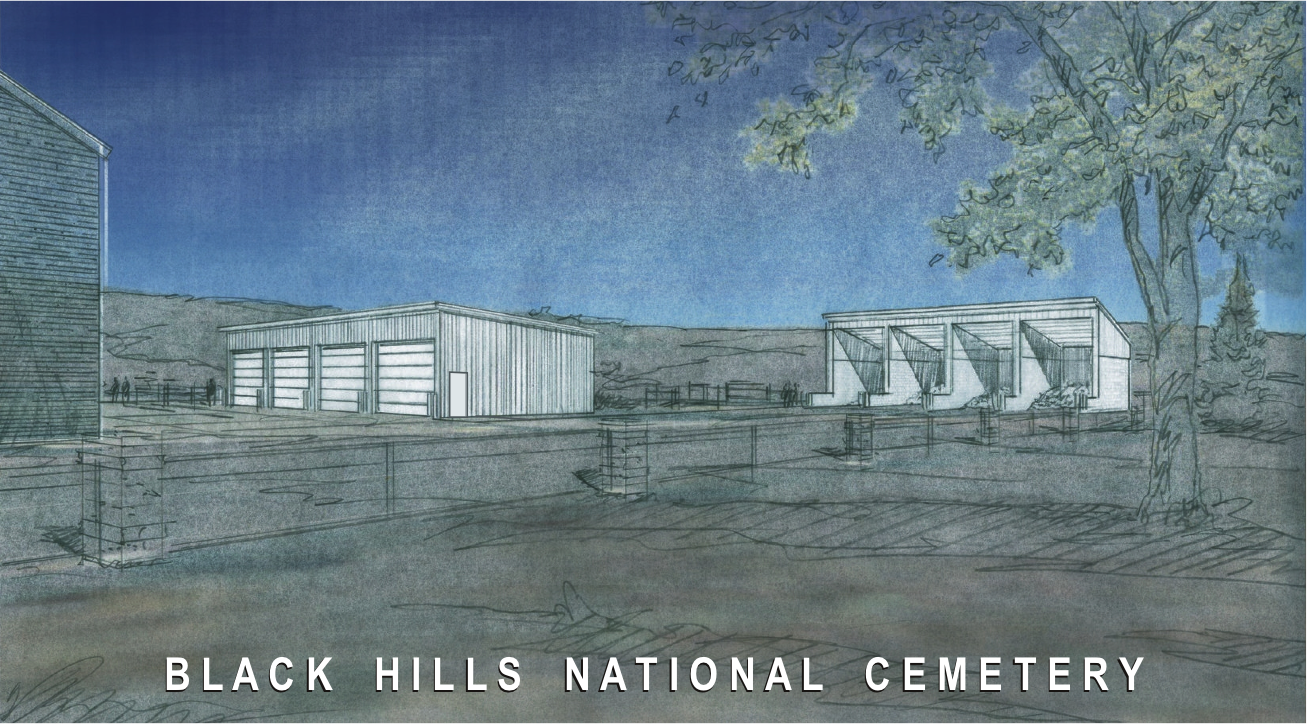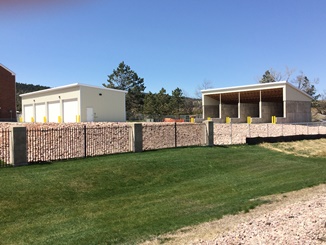Richard Shelton, P.E., DBIA, CHC | Issue 3 of 2015
Richard Shelton, PE, DBIA, CHC is an accomplished DBIA instructor specializing in federal government project delivery. He is a past president of the DBIA Mid-Atlantic Region. He is also the president of a service-disabled, veteran-owned small business design-build firm.
“If only I had known that earlier” is something I hear a lot from the government students in my DBIA education classes. Many regret not learning more prior to working on design-build projects, large or small. Over the last decade, the U.S. government increased the value and decreased the cost of their projects by turning more to the design-build project delivery method. In fact, since 2005 the use of design-build for non-residential buildings has grown by 10 percentage points, while the use of design-bid-build has fallen 15 percentage points.
Yet nearly every day we hear of government budget deficits and reductions. You’re asked to deliver the same or even a higher level of service with less. You’re working hard to preserve our public infrastructures through smaller projects. And design-build is often the ideal method for delivering these smaller projects.
The same time savings, increased value and cost savings design-build is known for can be achieved on small public projects simply by focusing on a few fundamental design-build best practices. These practices include education and training, prequalifying interested firms, establishing performance requirements and building a collaborative team. These practices are important in large design-build projects; but they could be critical to the success of small public design-build projects.
Educate and Train
Design-build is different in most ways from traditional project delivery methods. As with larger projects, the risk of something going wrong exists for small public design-build projects. It takes a trained, experienced and collaborative team of owners, designers and construction contractors to achieve the greater value possible with design-build.
Government employees having design-build understanding is critical to success on small projects. Less-experienced government contracting officers and construction managers are often assigned to these smaller projects. Traditionally, their education and training are centered in design-bid-build delivery. Even seasoned personnel may not be familiar with the nuances of design-build and need to learn a whole new set of norms.
Recently, a deputy district engineer with the U.S. Army Corps of Engineers realized his organization was simply repackaging design-bid-build on design-build projects and missing the tremendous value available. DBIA trained 30 Corps employees, which resulted immediately in numerous small (and large!) design-build project successes for the organization. Additionally, this agency also provides training by sending less-experienced employees to ongoing design-build projects as a temporary developmental assignment.
Being trained in design-build will make all the difference in your effectiveness.
Prequalify Interested Firms
“Never let your contractor learn how to do design-build on your project!” This is one of the most important pieces of advice I can give to you.
The best indicator of future success in design-build is demonstrated past success in design-build. A small public design-build project will attract a greater number of interested firms because of the decreased bonding requirements.
Federal Acquisition Regulation 36.303 reads, “After evaluating phase-one proposals, the contracting officer shall select the most highly qualified offerors (normally, 3-5) and request that only those offerors submit phase-two proposals.” Referred to as a Request for Qualifications (RFQ), phase one requires a firm to demonstrate its experience and past performance delivering similar projects as well as design-build projects. Phase two is the Request for Proposals (RFP), which consists of actual design solutions and a price.
Most reputable design-builders will not pursue single-phase (RFQ and RFP combined) or lowest price technically acceptable (LPTA) design-build solicitations because pursuit costs are high and profits are low. There are reputable small and large businesses interested in your project. You just need to ensure you are permitted to select from the best.


Two-phase design-build source selection solicitations also require less budget dollars to evaluate because they are quicker and require less people involved.
Though the government may receive more RFQ submissions in a two-phase source selection, significantly less evaluation time and effort are required to determine which firms are best qualified. Once firms are shortlisted, the government only needs to evaluate 3-5 proposals. Without shortlisting, the number of competitors is literally unknown.
A few years ago, an east-coast district of the U.S. Army Corps of Engineers released a small business, single-phase design-build solicitation for a hangar renovation at Langley Air Force Base. The result? Twenty-eight proposals. Government employees had to evaluate past experience and performance, design narratives, technical approach, price and contract compliance requirements in every submission. It took the agency more than seven months to award. Because of the expense involved in single-phase design-build solicitations, the Corps of Engineers severely limited the practice in late 2012.
I can’t say it enough… shortlisting is fundamental to success and cost savings in small design-build projects.
Establish Performance Requirements
You will save on solicitation costs when you focus on actual project end results through performance requirements in your RFPs. In contrast, prescriptive specifications and bridging documents require unnecessary and significant resources through money spent in-house or externally. Also, having prescriptive specifications will likely eliminate better, more-creative solutions.
The Fisher House Foundation provides free accommodations for active duty or veteran families near Department of Defense and Veterans Administration medical facilities while loved-ones receive healthcare. To exemplify the problems with prescriptive specifications, it is worth highlighting the $319,949 design-build project to repair the basement of a Fisher House in Albany, New York that suffered extensive damage and required measures to prevent water from seeping into the basement. The government’s bridging documents prescribed the removal of porches, gardens and sidewalks in order to excavate and install elaborate drainage systems around the foundation. Once installed, all exterior features were to be rebuilt. However, the selected design-builder determined the cause of the water intrusion was a poorly constructed and flashed roof. Understanding the performance requirements, the design-builder corrected the damage and prevented future problems by simply removing and replacing the roof, flashing and gutters. The result was a credit to the government of $147,769 – a 46 percent savings.
This project was so different from the original bridging documents – and so cost effective – the owner representatives had a hard time believing it at first.
Build a Collaborative Team After Award
Trust is invaluable in design-build projects and building this trust quickly is only possible when owners, designers and contractors develop an understanding of each other’s interests and intents. Open, frequent and candid communication becomes second nature with time and effort. In order to build this level of trust, it is recommended to conduct partnership meetings as soon as possible after award. Additionally, keep the same people at your agency assigned to the project throughout both design and construction, if at all possible.
Since government values may not be immediately conveyed through an RFP, open communication is extremely valuable. Once the design-builder understands the agency’s values, improvements in the design are possible even after award. The design-builder should lead a design charrette to improve project concepts, while mindful of the original price.
A design charrette is the perfect occasion to include all eventual end-users, key design sub-consultants and even contractors, whether or not they will provide design services. For example, an uncommon yet successful technique is to conduct the obligatory kick-off meeting, adjourn to a shared lunch (everyone pays for themselves), followed by a productive design charrette.
During a design charrette for an equipment wash facility, it became clear the government agency valued life-cycle costs and sustainability above all else. This new understanding allowed the design and construction team to suggest modifications exceeding the government’s expectations. Announced in 2013, this was the first project ever delivered by a small business to be recognized with a DBIA National Design-Build Award.
Your design-build project is more likely to exceed your expectations when you are able to foster a collaborative team with your staff and the contractor.
Managing Design-Build Brings Benefits
While federal and state budgets decline, agencies must deliver the same or even higher level of service with reduced resources. As the number of large public-sector projects decrease, owners must preserve agency infrastructure through smaller new construction and renovation projects. Overcoming challenges and implementing post-award DBIA Best Practices are crucial to the success of a small public project. Managing a design-builder correctly yields results that will often exceed an owner’s expectations.
